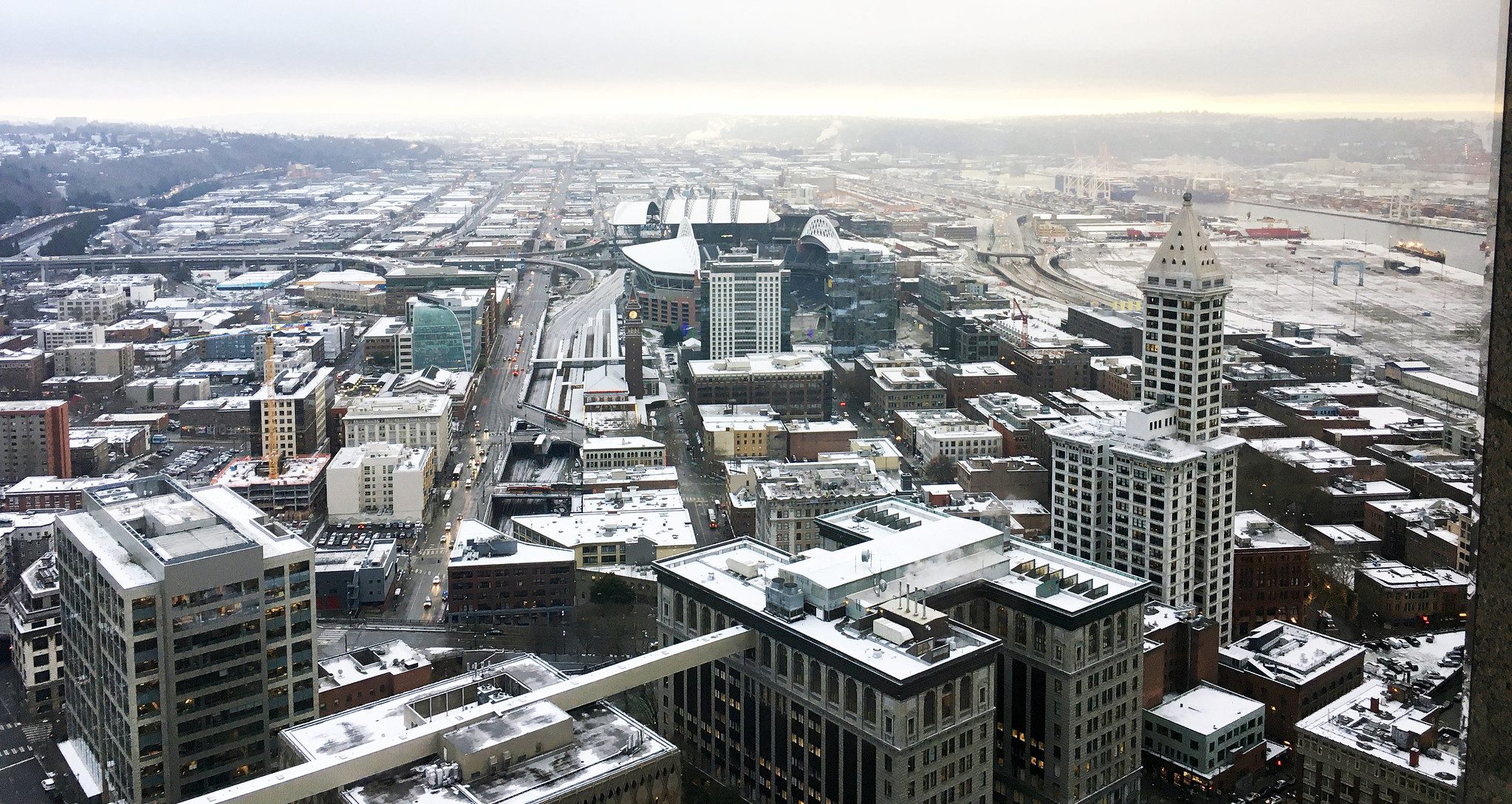 A wintery day in Seattle, looking south from downtown. Photo: SDOT
A wintery day in Seattle, looking south from downtown. Photo: SDOT Blog stats: 2,000 words | 10-minute read
Last fall, we started sharing regular seasonal updates with you. These posts highlight the many things we’re working on to keep you moving safely and efficiently throughout Seattle. So bundle up, grab a hot tea or coffee, and read our highlights from this past winter!
Quick links to stories below:
- Addressing emergency repairs to the Spokane St Swing Bridge (low bridge)
- Responding to snow and ice storms
- Filling thousands of potholes
- Attending community listening tours
- Publishing our Vision Zero top-to-bottom review
- Providing free ORCA cards to 10,000+ Seattle Housing Authority residents
- Building Levy to Move Seattle projects
- Upgrading Aurora Ave N sidewalks and preserving street trees
BRIDGES | Addressing emergency repairs to the Spokane St Swing Bridge
On December 23, we closed the Spokane St Swing Bridge for emergency repairs following a major ice storm that damaged the bridge’s mechanical and hydraulic systems. Our crews worked around the clock to diagnose the issue, develop and implement necessary repairs, and keep the traveling public informed until the bridge reopened on January 13.
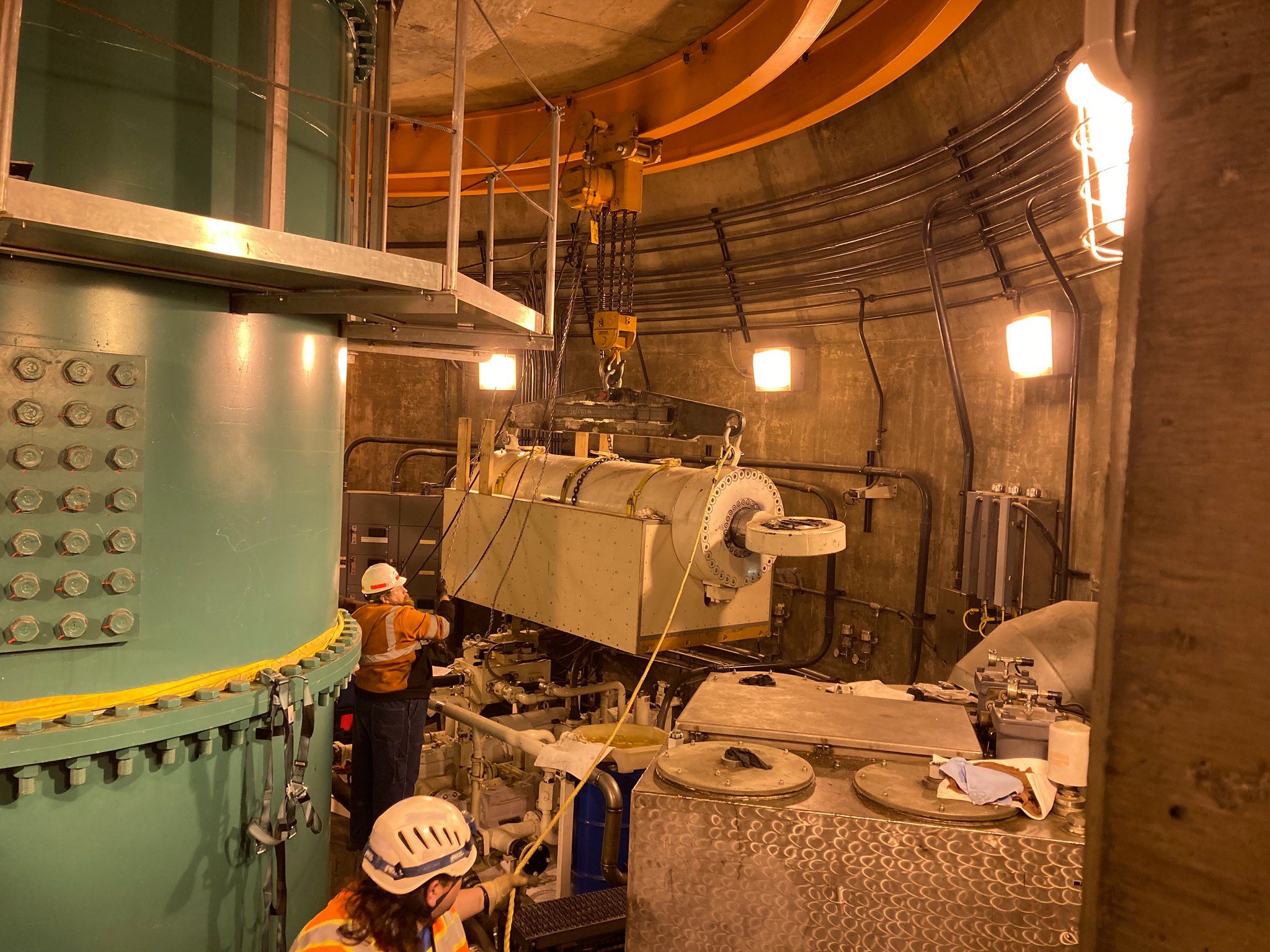
During this time, we created a temporary bike detour route for people biking along West Marginal Way SW and the 1st Ave S Bridge, including placing signs, orange barrels, and more than 1,700 traffic cones. We also provided support to transit riders affected by the closure, including offering free credits for people taking the bus or West Seattle Water Taxi.
You can stay up to date on our ongoing work to further rehabilitate the Spokane St Swing Bridge by visiting our website or by signing up for email updates.
IN SERVICE TO TRAVELERS | Responding to snow and ice storms
Winter weather can cause significant challenges for traveling in the city, regardless of how you get around. This past winter, our crews rose to the challenge and worked hard to keep you safe and connected.
Early in the season, we conducted our annual snowplow training run to ensure our equipment operators were ready before the first snow arrived. We also shared winter travel safety tips, resources on how to stay informed during a storm, and reminders to be aware of potential flooding, pooled water, landslides, and more.

When winter weather conditions hit, our team members were busy assisting a pedestrian in distress on Airport Way S, keeping dialysis centers open and accessible, supporting our neighbors on Vashon Island who needed to borrow snow plow equipment during the storm, and more.
We also supported our partners at Seattle Parks and Recreation to pre-treat sidewalks along the annual Christmas Ship Festival sailing route on Seattle’s waterways, and helped Seattle Public Utilities (SPU) crews to safely respond to a water main break – a true One Seattle response!
Thank you, Seattle for your support and efforts to keep everyone safe during the challenging weather that winter brings.
SMOOTHER STREETS | Filling thousands of potholes
Potholes on city streets are another ongoing challenge, particularly after severe weather such as below-freezing temperatures and heavy rain and snow. We work tirelessly to fill potholes we encounter, and fill most potholes within 72 hours of them being reported by you.
This winter, we adopted a new strategy to catch potholes sooner. In addition to filling potholes reported to us, we now patrol our snow plow routes to proactively look for new potholes after major winter storms. These routes are essential to our city’s transportation system and see an increase in potholes due to more heavy vehicles using them in a snow storm.
In 2022 alone, we filled 23,000 potholes – that’s 50% more potholes than we filled in 2021, and the highest number in the past 5 years. Additionally, this year as of Feb. 28 we’d already filled nearly 6,000 potholes, and we’re continuing to fill more potholes all across the city. We appreciate your patience as we complete these efforts, and ask that you continue to report potholes you find so we can fix them. Thank you!
Check out this Tweet and short video of our Director Greg Spotts helping fill potholes with our SDOT crews in SODO.
LISTENING TO YOU | Attending community listening tours
Since his confirmation as SDOT Director last fall, Greg Spotts regularly starts many of his workdays by meeting with Seattleites to walk, bike, roll, and take transit throughout the city. Our series of listening tours are attended by community advocates, non-profit organizations, media representatives, City staff, and many other groups. The tours are vital to building relationships, experiencing the many diverse communities within the city, and understanding what Seattle’s complex transportation system means to the people we serve.
During this past winter, Greg has been a wide range of community listening tours. You can find more details and an interactive map on our website. We’d also like to highlight a couple specific tours in this blog post.
Duwamish Park Waterway (Dec. 13, 2022)
Greg’s listening tour in South Park focused on trees, trucks, pedestrian safety, and air pollution. Duwamish Waterway Park is one of the only places in the neighborhood with direct river access.
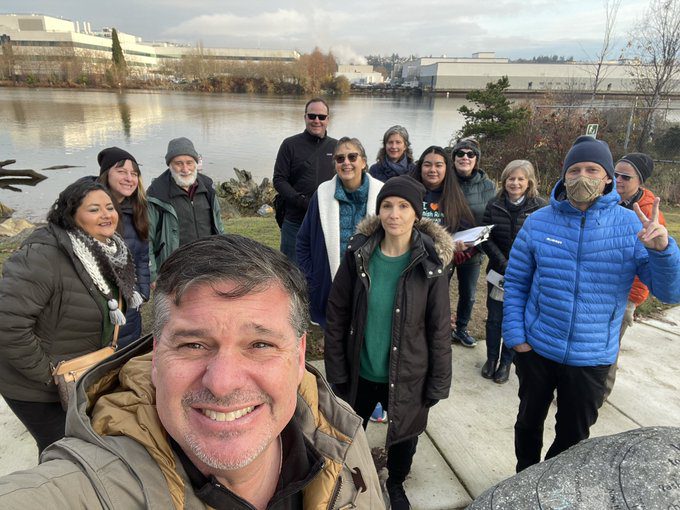
Rainier Beach with Preschool Parents (Dec. 12, 2022)
Greg attended a listening tour with Rainier Beach preschool parents. The group talked about safety concerns around walking, biking, and driving children to preschool or to the library. We also heard a desire for additional improvements in the area to support a safer and more attractive urban village experience.
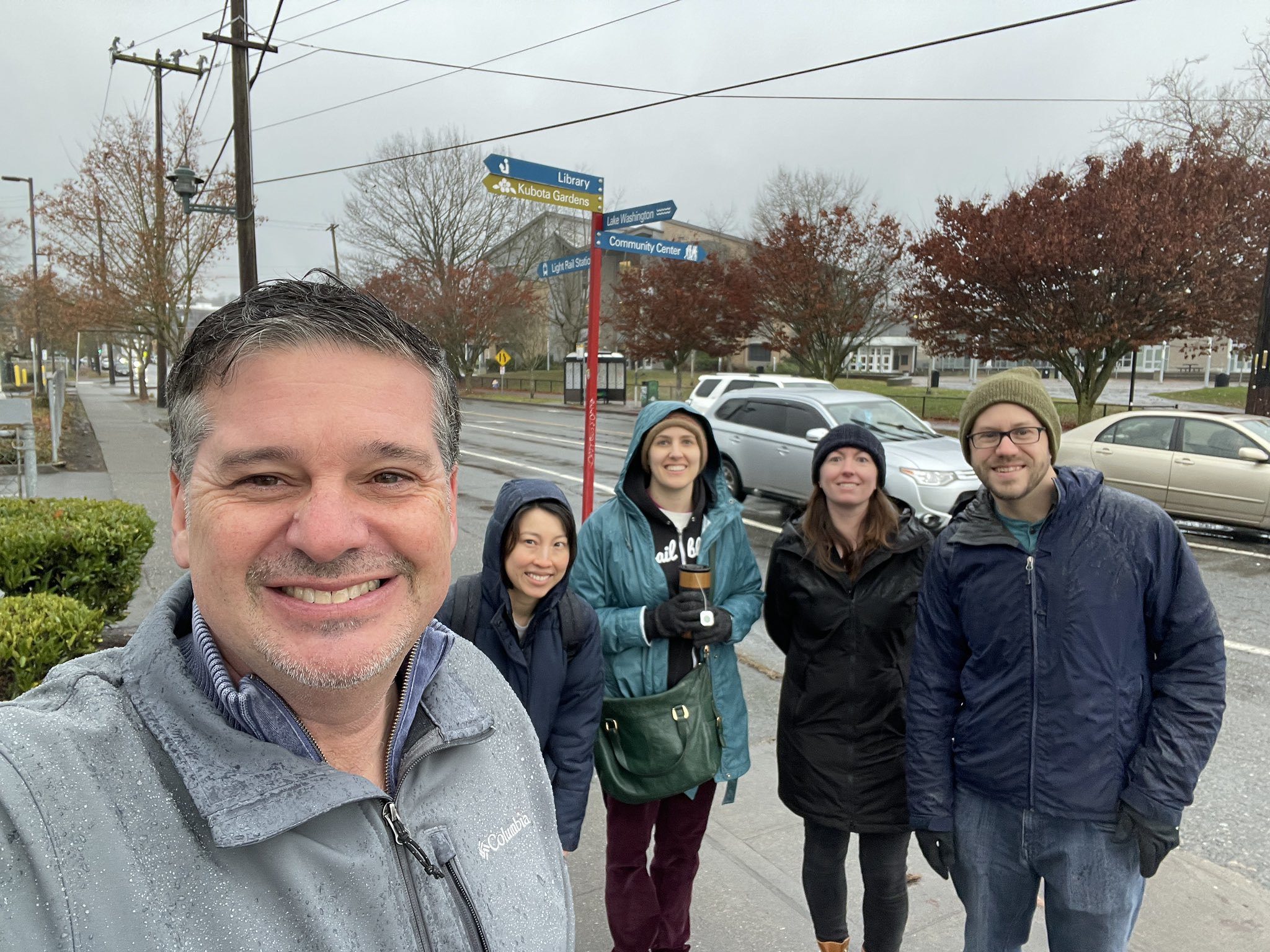
SAFETY AS OUR TOP FOCUS | Publishing our Vision Zero top-to-bottom review
We published a draft “top-to-bottom review” of our Vision Zero initiative, which aims to end traffic-related deaths and serious injuries by 2030. Mayor Bruce Harrell and SDOT Director Greg Spotts commissioned the agency self-examination after seeing years of traffic safety success reverse course in recent years.
You can read more in this blog post.
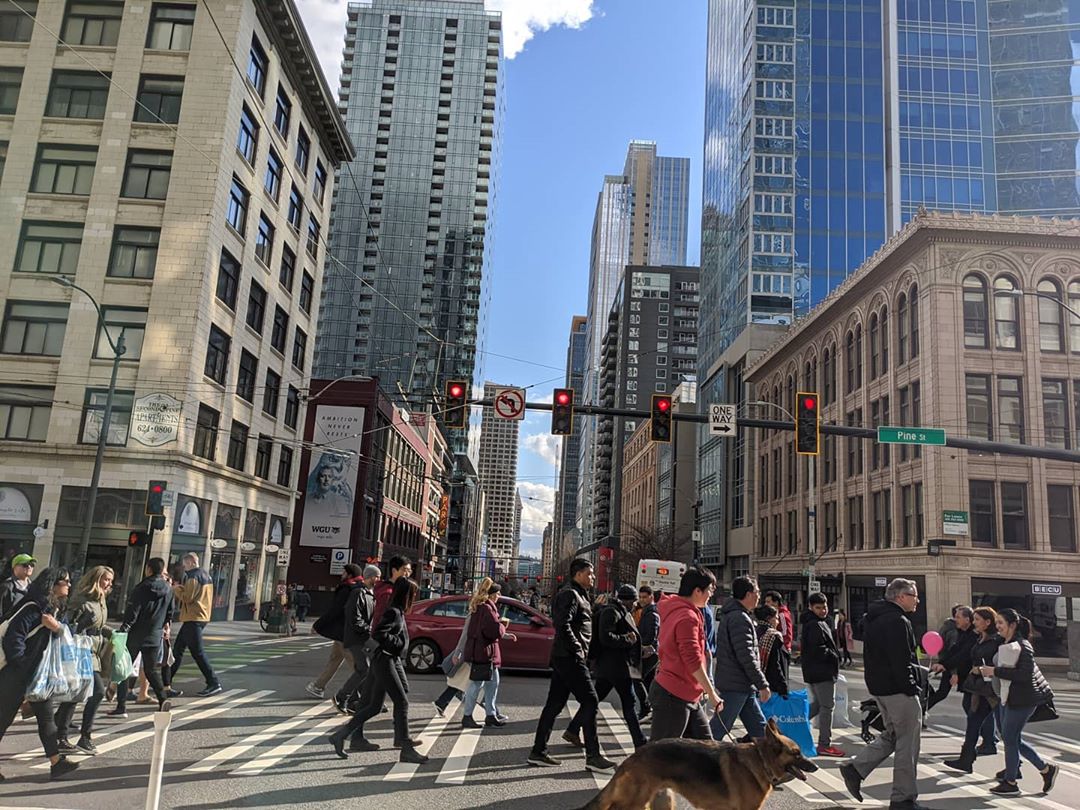
The review makes 12 recommendations to improve the effectiveness of Vision Zero, along with five momentum-building actions Mayor Harrell and Director Spotts identified for us to implement in 2023. Additional Vision Zero funding was recognized as a key challenge in the review. Fortunately, this will be partially addressed by the recent award of a $25.6 million Safe Streets and Roads for All grant for safety enhancements in underserved neighborhoods from the federal government.

TRANSIT ACCESS | Providing free ORCA cards to 10,000+ limited income Seattle Housing Authority residents
The City of Seattle is partnering with the Seattle Housing Authority (SHA) to provide free unlimited-use ORCA cards to all residents who are living in SHA-owned and managed housing through December 2026. This pairing between an affordable housing program and an accessible public transit initiative is the first of its kind at this comprehensive scale in the United States. The SHA Transit Pass program will benefit more than 10,000 SHA residents by helping them save money on transportation and encouraging increased transit use.
This three-year program removes the cost burden of transit for residents in affordable housing. The fully subsidized ORCA cards are funded by the Seattle Transit Measure, a voter-approved sales tax that expires in April 2027. The program offers a benefit to every person who is 19 years old or older and listed on the lease of an SHA property (anyone 18 or younger may already ride transit for free). The unlimited-ride ORCA cards benefit expires on December 31, 2026.
The expansion will serve 99 unique SHA properties and communities, more than 7,300 households, and over 10,000 residents. Access to free ORCA cards will provide residents with reliable, convenient, affordable transportation options to meet their needs, from medical appointments to essential services.
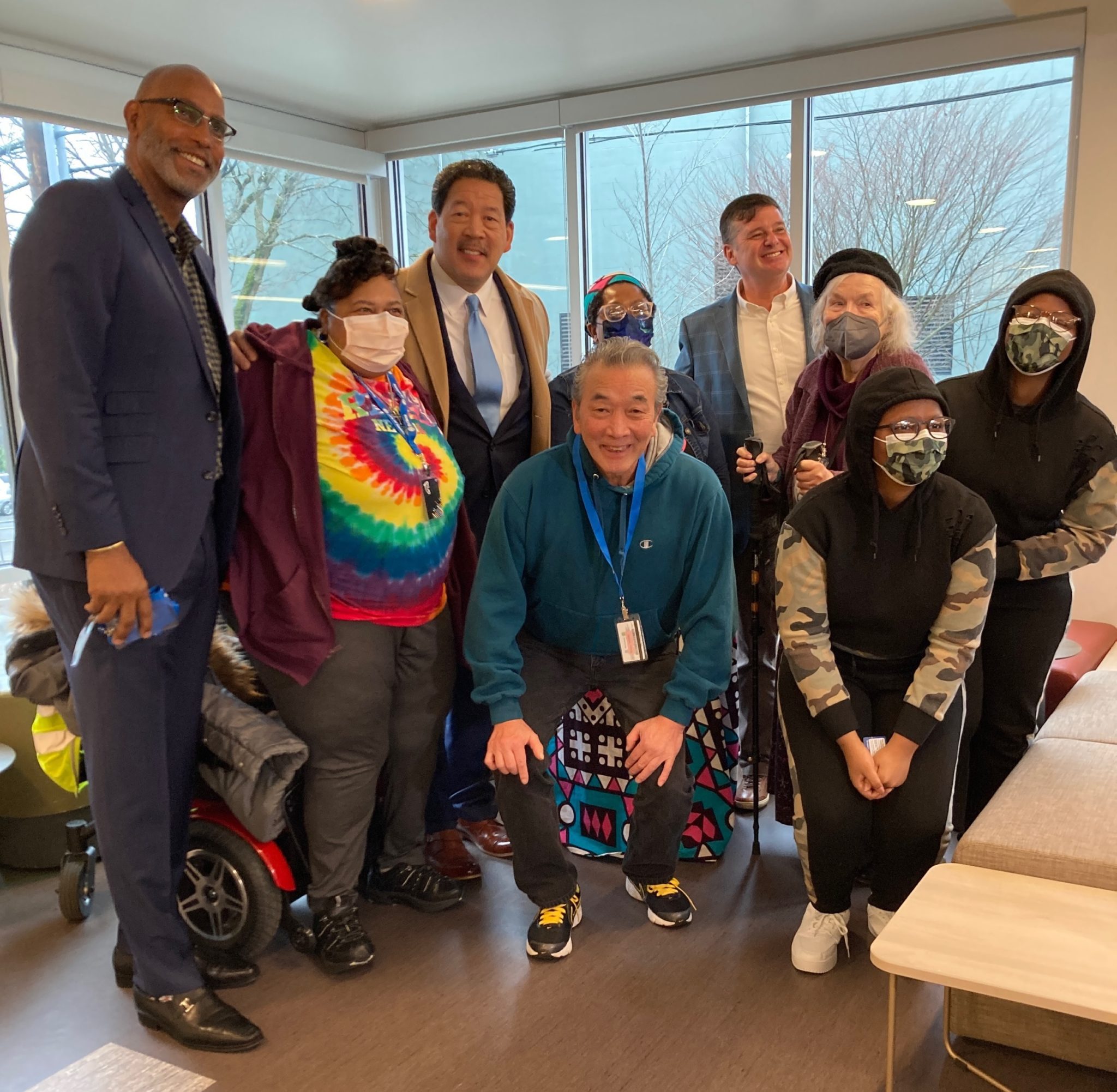
“By providing free ORCA cards, we are making it easy for public transit to be a great choice for residents of Seattle Housing Authority properties. Previously we saw great results increasing mobility by providing free transit for youth: we believe this program will increase transit ridership while reducing greenhouse gases.”
– Seattle Department of Transportation Director Greg Spotts
LEVY DOLLARS AT WORK | Building Levy to Move Seattle projects
The Levy to Move Seattle funds a wide range of projects throughout Seattle to improve transportation mobility, safety, accessibility, and more. Over the winter, we highlighted some concrete examples of improvements we’ve been working on.
Madison RapidRide G Line construction reaches the halfway point
We broke ground on the Madison RapidRide G Line in late 2021, and the project will be complete in 2024. This means we’re about halfway through construction, and some of the major elements of the project are already complete!
To date, we’ve already:
- Redesigned the street, completed over half of the street paving, and prepared to install new traffic signals.
- Prepared for new bus stations and upgraded bus stops
- Added new and upgraded existing utilities
- Improved areas for people walking, biking, and rolling
Read more about what’s ahead in our recent blog post.

Improving safety at four major Lake City Way NE intersections
Changes at four major intersections along Lake City Way NE (at NE 82nd St, NE 95th St, NE 135th St, and NE 137th St) improve safety for people walking, rolling, and biking.
You’ll now see new crosswalks and crossing signals, new sidewalks, and improved ADA-accessible curb ramps to provide better sidewalk connections for people of all ages and abilities.
Read more in our recent blog post.
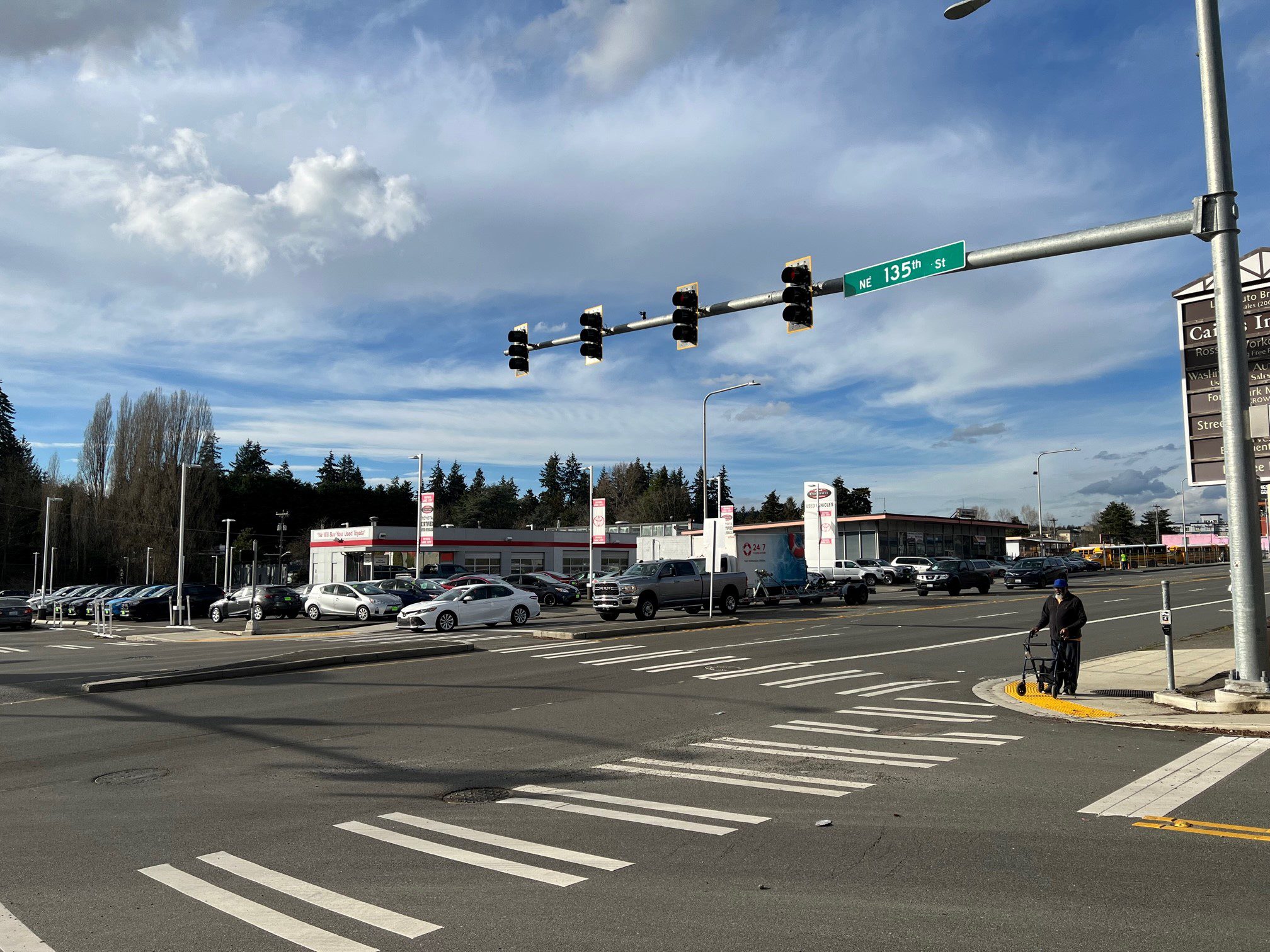
Sidewalk upgrades, including repairs and new installations
Since 2015, we have built more than 200 new blocks of sidewalks in places where there were none before. Just last year, we built over 20 new blocks of sidewalks. This year, we have at least 25 blocks of new sidewalk on deck to be completed, including projects on Greenwood Ave N, Luther Ave S, and 24th Ave SW.
These improvements go beyond constructing and repairing sidewalks and include other measures such as accessible curb ramps and crossing improvements making walking and rolling easier and safer for shorter trips and accessing transit.
Read more in our recent blog post.

ACCESSIBILITY AND THE ENVIRONMENT | Upgrading Aurora Ave N sidewalks and preserving street trees
In January, we finished repairing sidewalks along the eastern side of Aurora Ave N (State Route 99), from NE 85th to N 105th St. This was also funded by the Levy to Move Seattle. The result: safer, smoother travel for people walking and rolling. Read more on our blog.
We completely rebuilt damaged sidewalks on some blocks and smoothed, repaired, or replaced smaller damaged sections of the sidewalk in other areas. We also widened some sections of the sidewalk. People can now walk or roll more comfortably along this stretch of Aurora.
We adjusted our plans and designs based on community priorities. This included finding innovative ways to save the existing mature trees along Aurora while completing the sidewalk repairs.
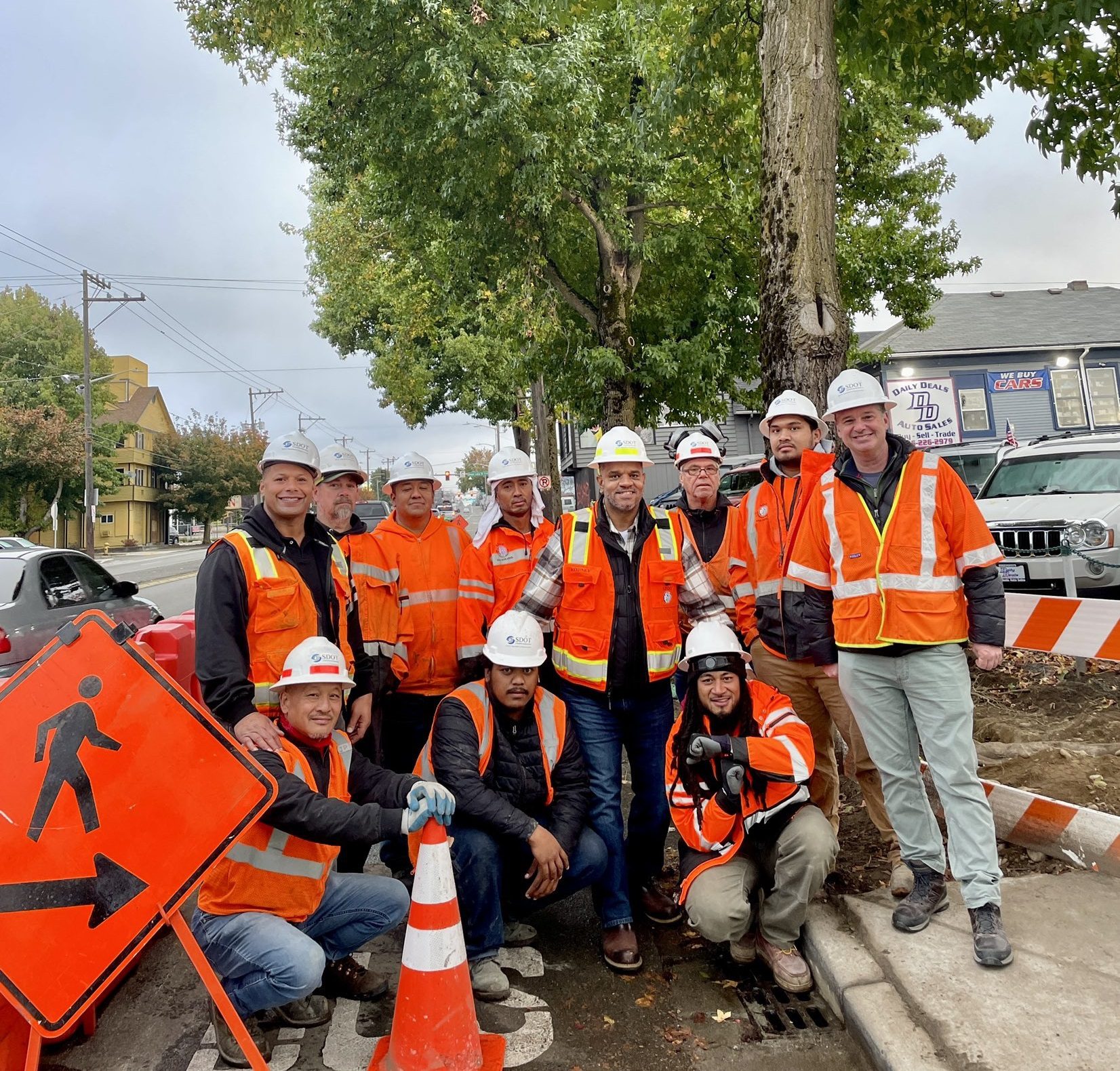
You can also check out this short video highlighting the effort, including voices of community organizations and nearby businesses.